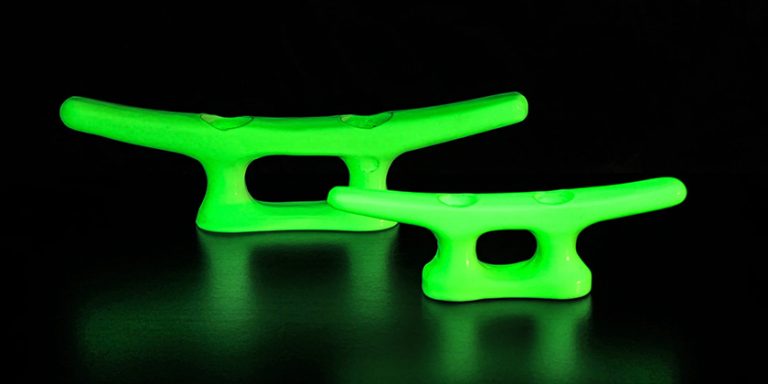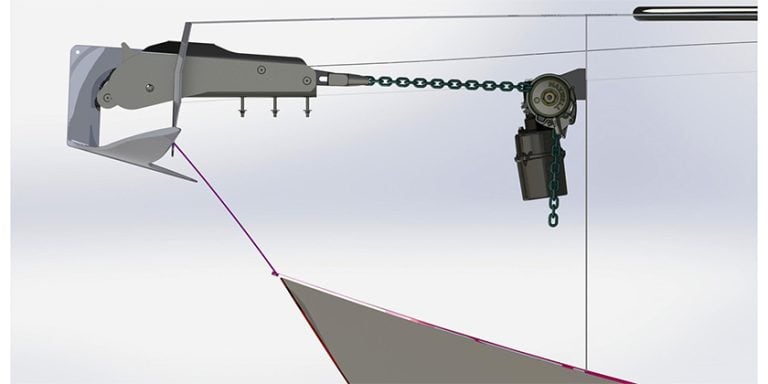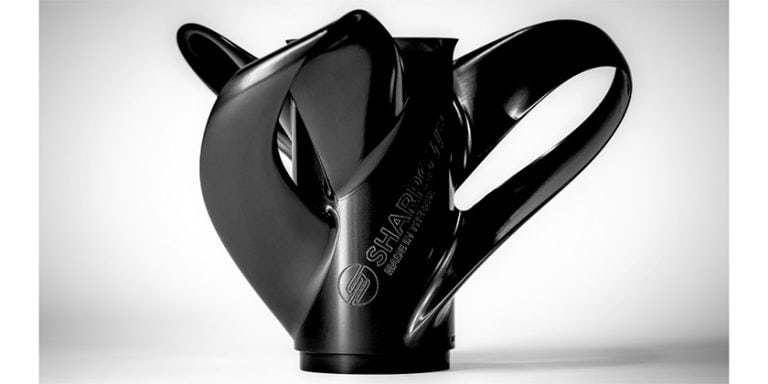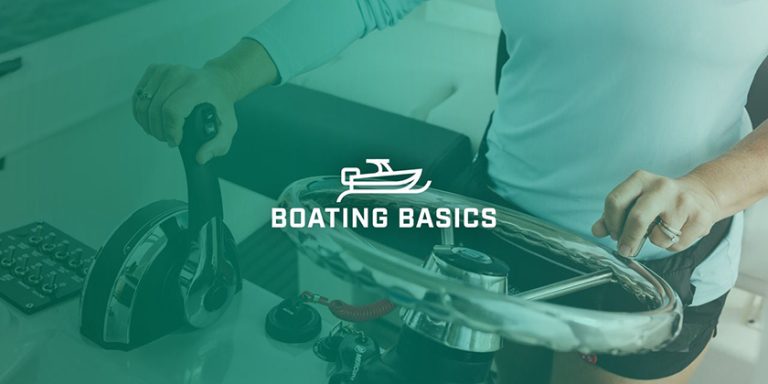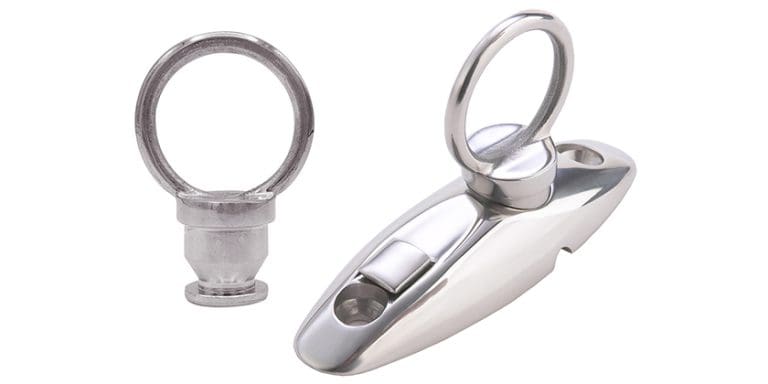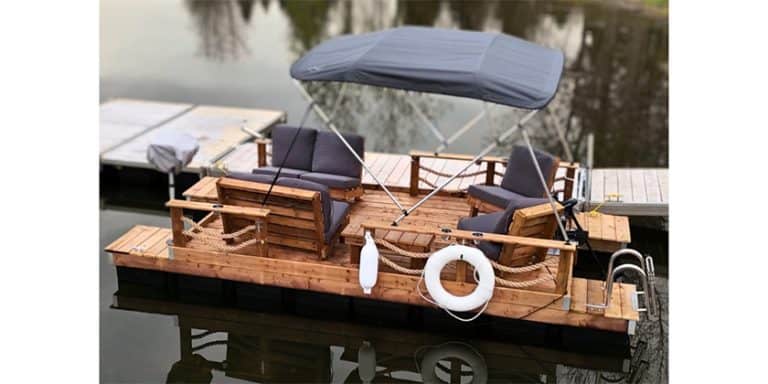Harken’s New Radial Winches
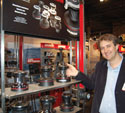
 You could say that the winches are the engine of every large sailboat, helping the sailor to haul in far higher loads, far faster than their strength could normally manage and also trimming the sails by playing out sheet with control and precision…at least until the winch grinds or jams from salt or grit.
You could say that the winches are the engine of every large sailboat, helping the sailor to haul in far higher loads, far faster than their strength could normally manage and also trimming the sails by playing out sheet with control and precision…at least until the winch grinds or jams from salt or grit.
In the past, having to dismantle a winch was a task few sailors enjoyed and one that many would face with absolute dread should the winch need attention while out on the water. Disassembling a winch where every part is essential and where a tiny screw can vanish in the cockpit, or where a roller bearing can squirt overboard in a heartbeat, is something to avoid at all costs.
For most sailors, the good news is that winches are generally very reliable and long-lived. But, to do their job properly, they still need attention and that means taking them apart for cleaning and lubrication – at least once in a while.
The new Radial line of winches from Harken addresses those issues and several more as well. Harken Technical Director, Andrea Merello has stated that, "We started from a blank sheet of paper, addressing the needs of specific types of sailors."
Harken entered the market in 1987 by adapting original Barbarossa designs to be Harken's standard line and adding a Grand Prix racing line as well. Grand Prix racers have always demanded constant innovation, but most sailors just wanted solid, efficient winches that would last for 30 years. Now, sailors and boat builders want all that and more; they want faster installations, easier maintenance and simpler upgrades.
The changing demographics of sailing are largely driving the need for this.
It used to be that the winches were specified by the boat builder and they remained on the boat throughout its life, or until one failed and had to be replaced. Today, the sailors of the baby boom generation may be aging, but they want to remain active and keep sailing.
Upgrading to electric winches is getting to be more and more appealing, but doing a retrofit can be difficult and in some cases requires major yacht surgery.
The reason Harken went to a blank sheet of paper was to design "from the deck up" with a few key ideas in mind: safety, long-lasting performance, streamlined installations and simple hydraulic and electric upgrades.
This January, Massimo Dell'Acqua, sales manager from Harken in Italy was on hand at the Toronto International Boat Show to talk about their new products and new processes. He explained that the industry was looking for reduced installation time, reduced labour and that boat owners were asking for reduced wear on their lines.
Massimo explained that, "Grip is a compromise of friction and wear. In the process of designing the new Radial line, we tested more than 70 different types of ropes. We tested different case angles, dry and wet conditions and with the test winches on actual racing and cruising boats. It is a huge job to finalize grip."
The final patented designs use slightly diagonal lines on the drum. These push the lines down to ease the lines and give the best control.
Safety was another important consideration. The new Radial models have a full steady top that remains steady and only the centre shaft turns. There is no way to pinch a finger in this design the way old designs can.
Talking about electric and hydraulic powered winches, Harken designed the Radial to accept an electric motor directly to the centre shaft of the manual winch. Some other designs mount the motor off centre acting on gears and that really complicates retrofit. The manual Harken Radial winches can be upgraded to electric quickly and easily and both horizontal and vertical engine mounts are available to accommodate the often oddly shaped under-deck spaces.
A standardized pattern for the mounting screws means these winches can be changed out and upgraded easily in the original mounting location. Harken has patented their install system. It allows quick installation without removing the drum and the socket by holding hex head bolts captive in the base with a washer and top snap fit together to simplify maintenance and for mistake-free assembly.
Alternatively, there is a more standard way to install these new Harken winches. If you chose not to use the captive hex head bolts, the base also can accept standard round head fasteners, that just need to be loosened. They remain threaded in part-way so you can't lose one. Next, in a classic Harken design parameter, composite roller cages are used to reduce friction and require no grease. That reduces the odds of attracting and holding grit inside the winch. The only grease used is on the bottom.
Massimo ended by explaining that the many features of their new Radial line are all guided by the concept of "sailing made easy" and it seemed clear that the new Radial line delivers on that promise. He easily and quickly tore down a Radial winch on the desk at the display booth and showed us how the parts re-assemble only one way, so there's no chance of getting it back together incorrectly.
Emphasizing this ease of maintenance, he told us about a YouTube video with 8-year old Gabriel who dismantles and re-assembles a Radial winch for the camera. It's something any owner can do. Have a look: www.youtube.com/watch?v=fmECmNhplqs

